A St. Joe’s Team Approach to a Community Challenge
While we have been focused on the COVID -19 Pandemic for almost all of the last year, the overdose epidemic, which rose to record highs in 2019 with 70,000 deaths, has only continued to rise.
Just one reference is a study conducted by the National Emergency Medical Services Information System (NEMSIS), which is a registry of more than 10,000 EMS agencies in 47 states. The study reports that the highest rates of overdose occurred last May and were more than double the baseline figure from 2018 and 2019, while the overall 2020 values were elevated by approximately 50%.
As we in the community of St. Joseph’s are aware, isolation, financial duress, and despair create significant risk factors for substance use disorder and the potential for overdose have increased significantly during the COVID-19 Pandemic.
To provide St. Joseph’s residents and a number of community organizations in the Tri-Lakes a “first line of defense” against overdose, the team of Associate Director of Engagement and Development, Tom Higman; Associate Administrative Director, Sarah Richards; and Executive Administrative Assistant, Christine Laird, have developed two “gold standard” PowerPoint presentations to educate St. Joseph’s staff, residents, and community members on the use of NARCAN, an “opioid antagonist” used to counter the effects of opioid overdose.
Sarah explains, “Each presentation was created keeping specific audiences in mind. For example, one presentation is geared towards training residents in a residential care setting, and another other is for community-based setting trainings.”
She continues, “The presentations have learning styles incorporated throughout such as visual (spatial), and aural (auditory), verbal (linguistic), and physical (kinesthetic) features. In addition to the PowerPoint presentations, we plan to place resources such as training sign-in sheets, and Department of Health (DOH) forms on our agency’s F:Drive for all NARCAN trainers to be able to access. The goal is to have one formalized method of how trainings are conducted and to have a streamlined process for the agency.”
The strategy includes:
Educating all staff on the best practices and current understanding of the administration and effects of NARCAN.
Inviting all staff, regardless of their prior NARCAN training, to participate in the online resources from the Department of Health to standardize our training.
Making NARCAN training available through PowerPoint presentations to anyone in the broader community as a standard of information for the consistent and professional content St. Joseph’s is renowned for.
Utilizing the Open Access Center (OAC) and expanding its role in community education by adding the NARCAN initiative there for training and kit exchange (long-term goal).
Maintaining a list of staff who regularly provide NARCAN training, and a list of similar members of the greater community to encourage others who could offer these resources.
“We are excited to begin plans to implement our Virtual Narcan training to the community and our staff,” Christine says. “Participants will be able to register online through our website and will be mailed a NARCAN kit upon completion. We would like to be able to provide the training once a month and as needed. Community members can request a training by emailing me at christinelaird@stjoestreatment.org”
Tom adds, “St. Joseph’s is recognized as part of the Opioid Overdose Prevention Program (OOPP) through the Department of Health, which includes our commitment to OASAS regulations for all staff to be trained and for all residents and Community Services clients to be offered training in the administration of NARCAN. This commitment includes having NARCAN kits on-hand for staff, and for residents upon discharge.”
He continues, “As part of the OOPP, St. Joseph’s is committed to community education (schools, local municipalities, churches, and other community action groups). We hope to make, the understanding of NARCAN a normative cultural piece for anyone who works for St. Joseph’s. This awareness goes beyond our professional lives as employees, it is for our local communities as well, whether it’s our children’s schools, local sporting events, dining establishments, church communities, or even our own families – we owe it to all of these and more to remain vigilant. It is our hope that our efforts will also assist in reversing the stigma too often associated with opioid overdoses.”

